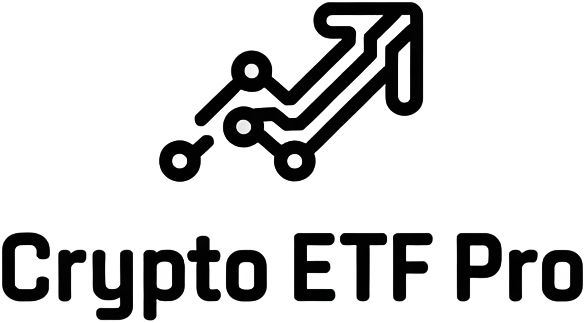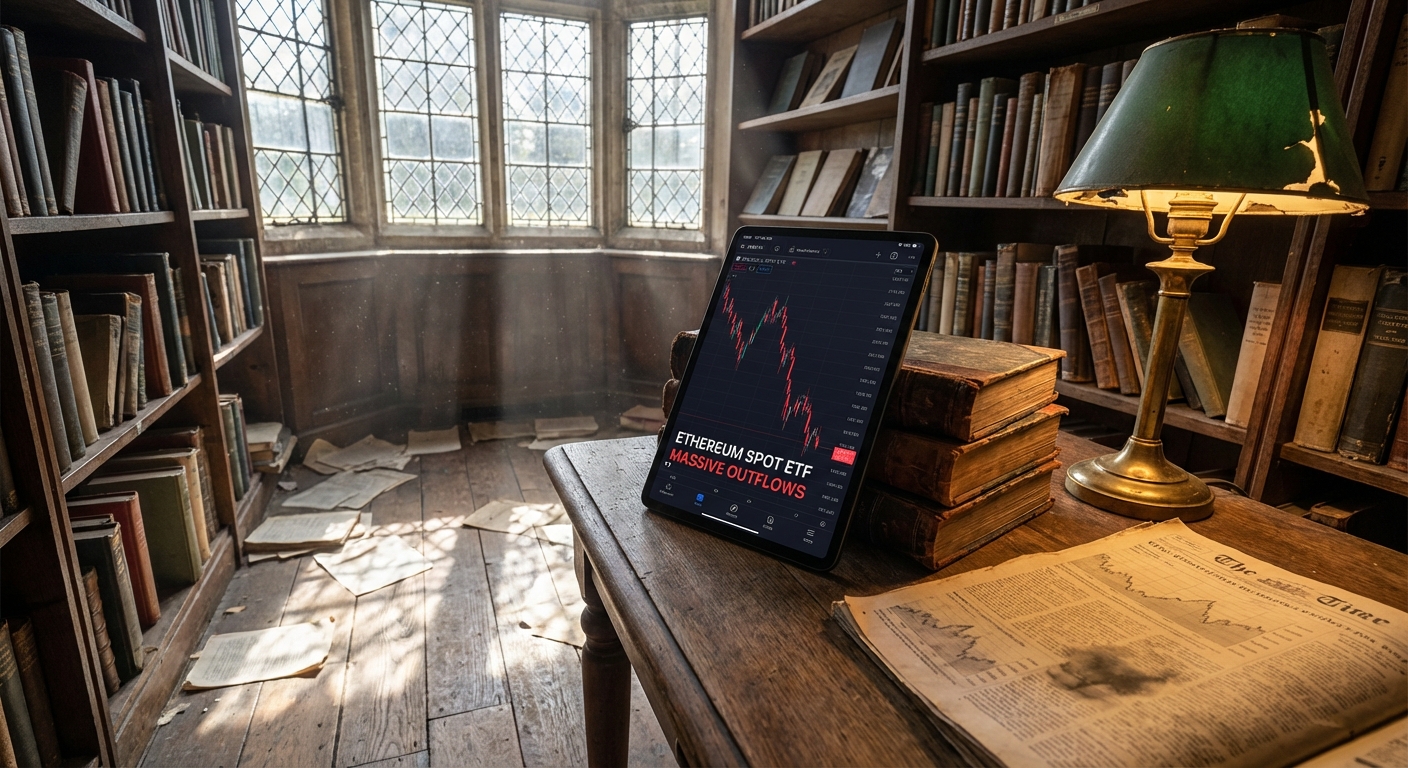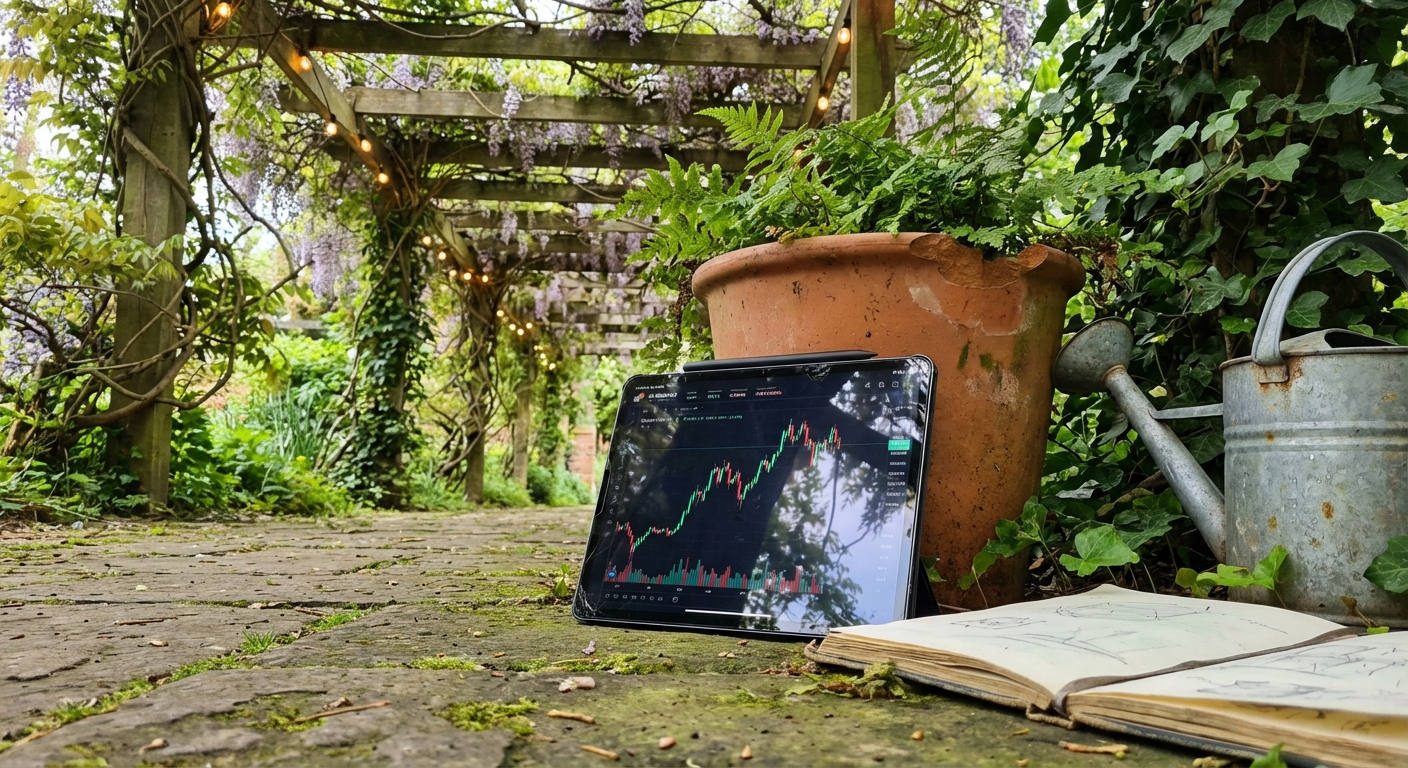
In a move that sent ripples through the digital asset landscape, the U. S. Securities and Exchange Commission (SEC) approved then immediately paused the conversion of the Bitwise 10 Crypto Index Fund (BITW) into a spot exchange-traded fund (ETF). This regulatory drama is more than mere headline fodder; it marks a watershed moment for investors seeking diversified exposure to crypto assets via regulated vehicles. The implications for multi-asset crypto ETF investors are profound, as the Bitwise 10’s basket includes not just Bitcoin (BTC) and Ethereum (ETH), but also a carefully curated selection of emerging tokens: Solana (SOL), XRP (XRP), Cardano (ADA), Avalanche (AVAX), Chainlink (LINK), Polkadot (DOT), Litecoin (LTC), and Sui (SUI).

SEC’s Sudden Reversal: Regulatory Chess or Regulatory Uncertainty?
The SEC’s initial green light for the Bitwise 10 Crypto Index ETF conversion in July 2025 was seen as a long-awaited breakthrough. For years, the regulator had only allowed spot ETFs tracking Bitcoin and Ethereum, leaving multi-asset products in regulatory limbo. The approval was immediately followed by a surprise stay, pending a full Commission review. This whiplash decision has left institutional and retail investors alike questioning the underlying motives – is it politics, a lack of clear crypto rules, or simply the growing pains of integrating digital assets into traditional finance? (source)
The Bitwise 10 Crypto Index Fund currently manages approximately $1.68 billion in assets and is designed to provide broad market exposure by rebalancing monthly. The sudden pause has not only injected volatility into the market but also reignited debates about the SEC’s approach to regulating innovation versus protecting investors.
What Makes the Bitwise 10 Crypto Index ETF Stand Out?
Unlike single-asset ETFs, the Bitwise 10 Crypto Index ETF is engineered for portfolio diversification. Its construction is deliberate: each token is selected based on market capitalization, liquidity, and relevance to the evolving crypto ecosystem. Here’s a closer look at the assets comprising this index:
The 10 Tokens in the Bitwise 10 Crypto Index Fund
-
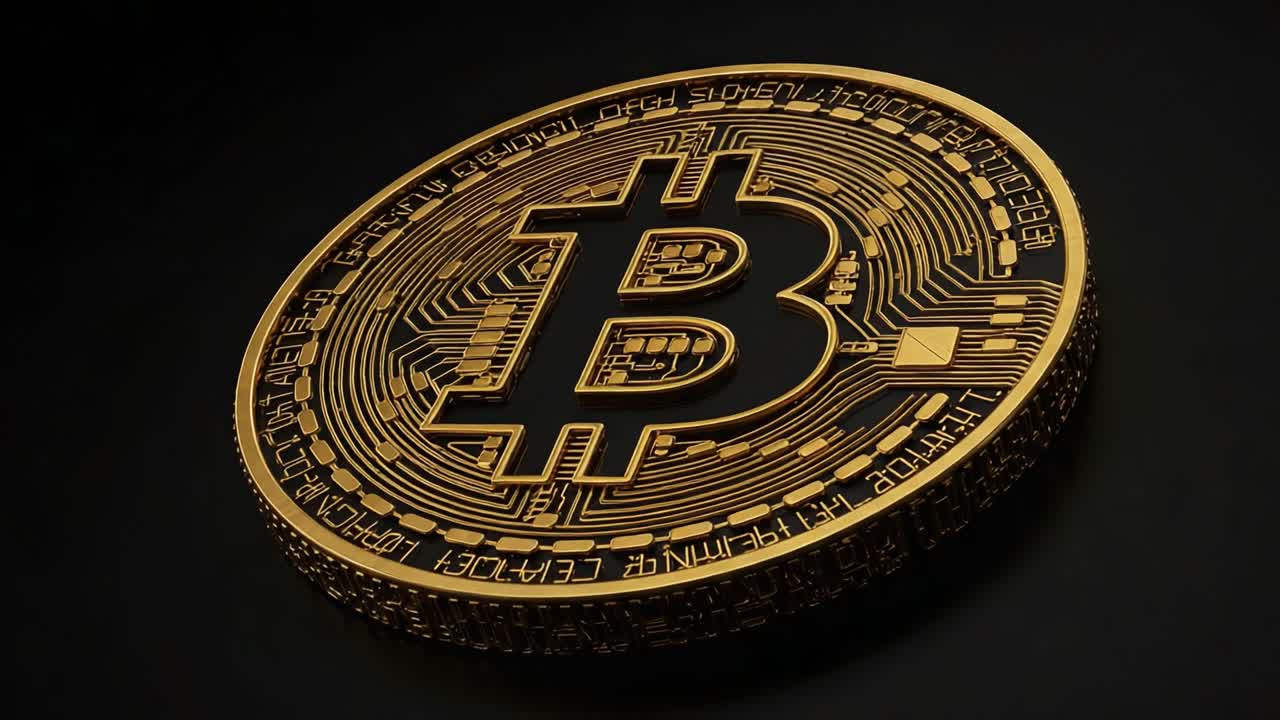
Bitcoin (BTC): The original cryptocurrency and the largest by market cap, Bitcoin serves as the digital gold of the index, anchoring the portfolio with its established network and adoption.
-
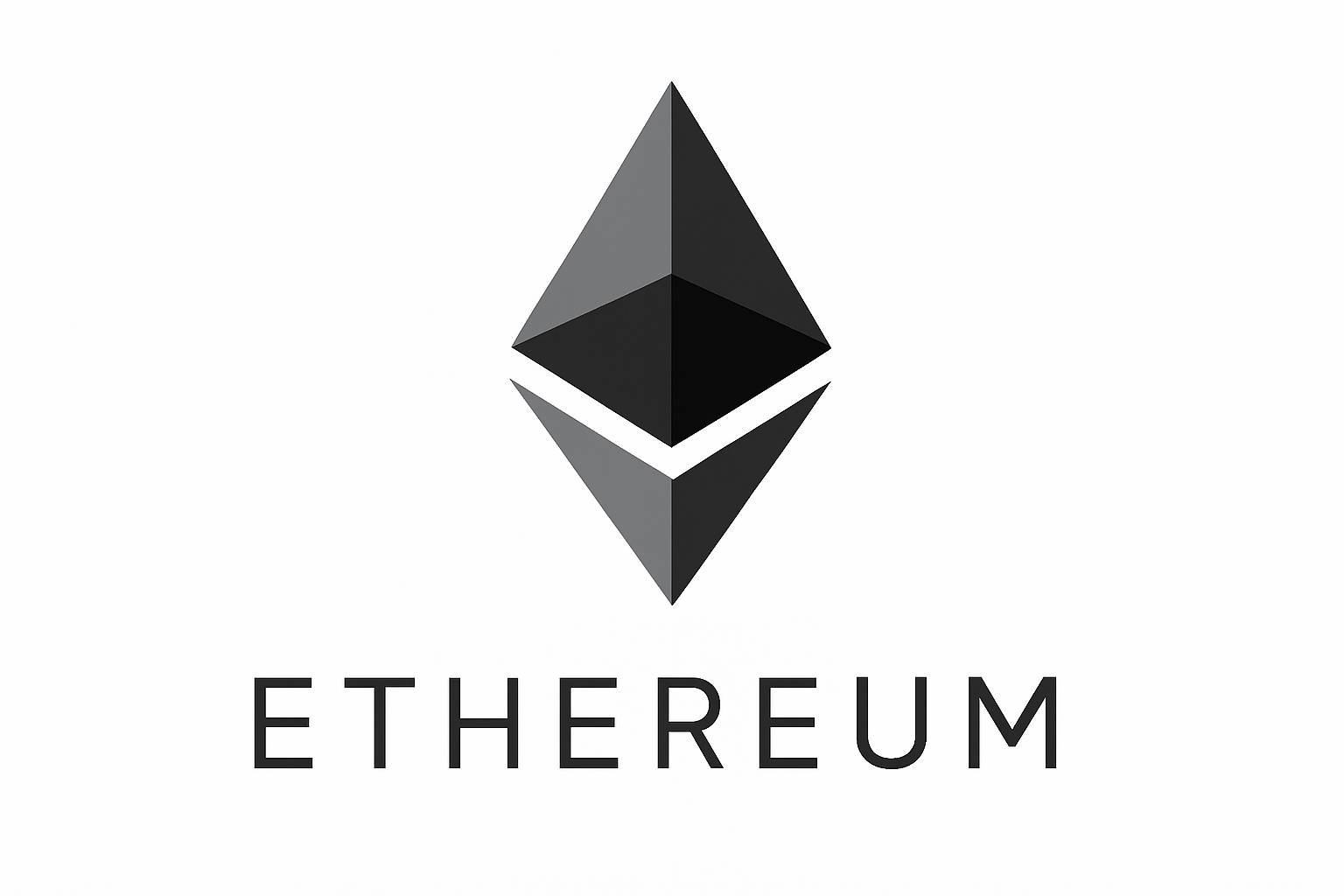
Ethereum (ETH): As the leading smart contract platform, Ethereum powers decentralized applications and DeFi ecosystems, making it a cornerstone of diversified crypto exposure.
-
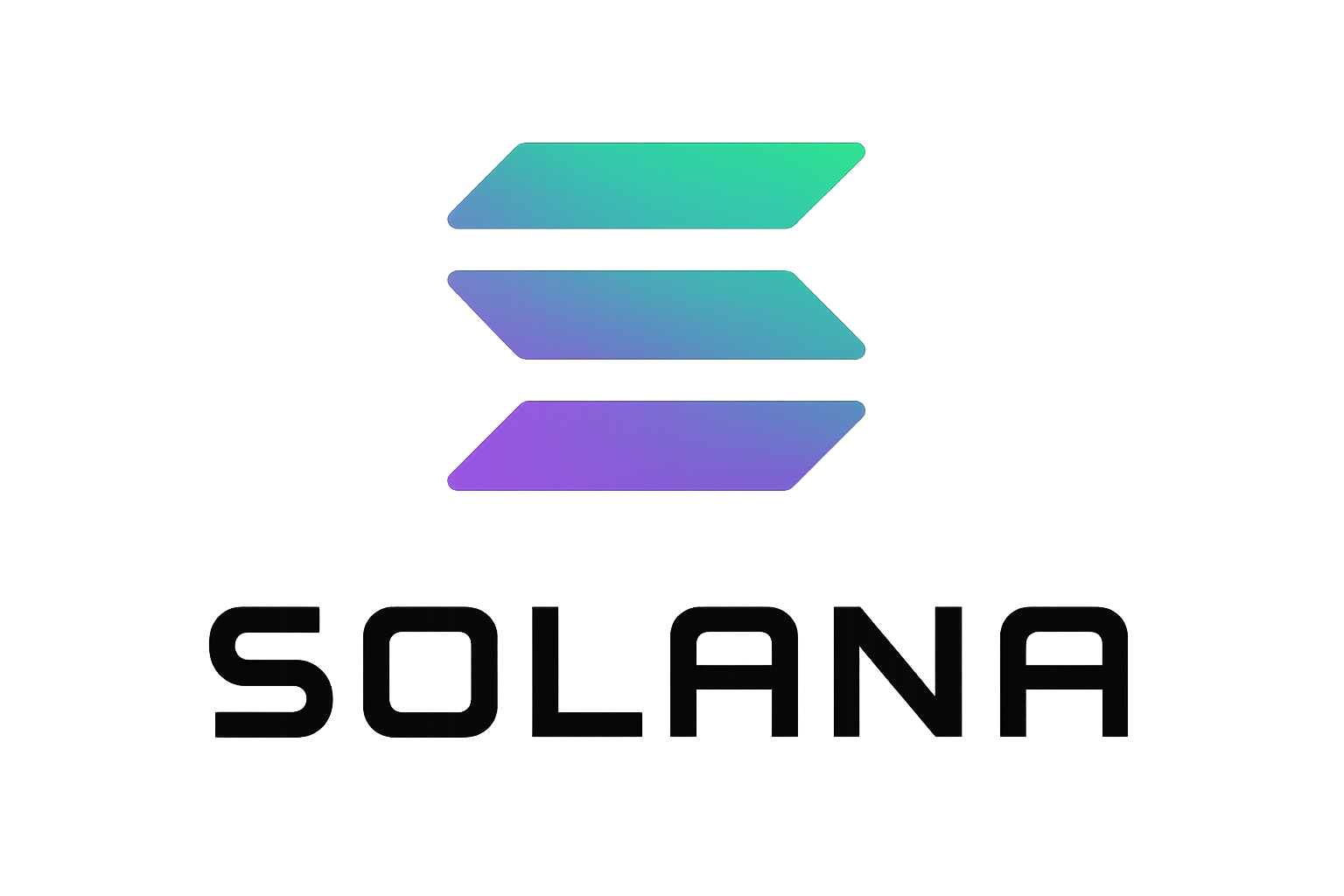
Solana (SOL): Known for its high throughput and low transaction costs, Solana brings scalability and speed to the index, appealing to developers and users seeking efficient blockchain solutions.
-
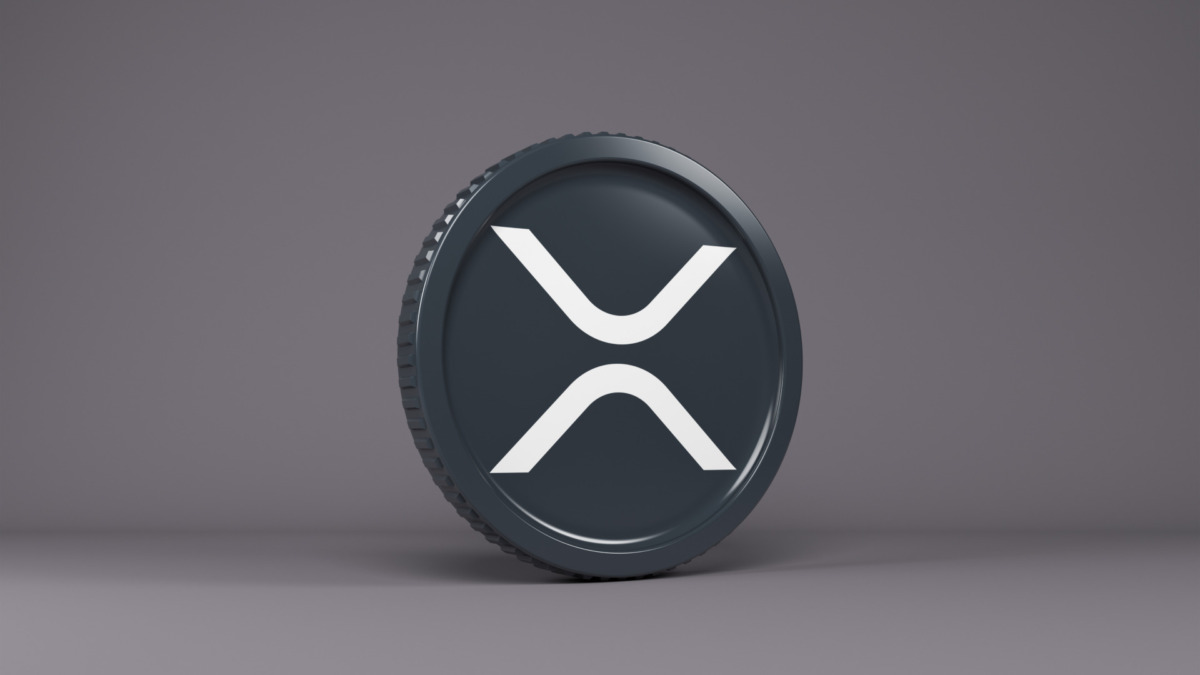
XRP (XRP): Focused on cross-border payments, XRP offers fast and cost-effective transactions, representing the index’s exposure to enterprise blockchain adoption.
-

Cardano (ADA): Cardano emphasizes a research-driven approach to blockchain development, prioritizing security, scalability, and sustainability within the index.
-
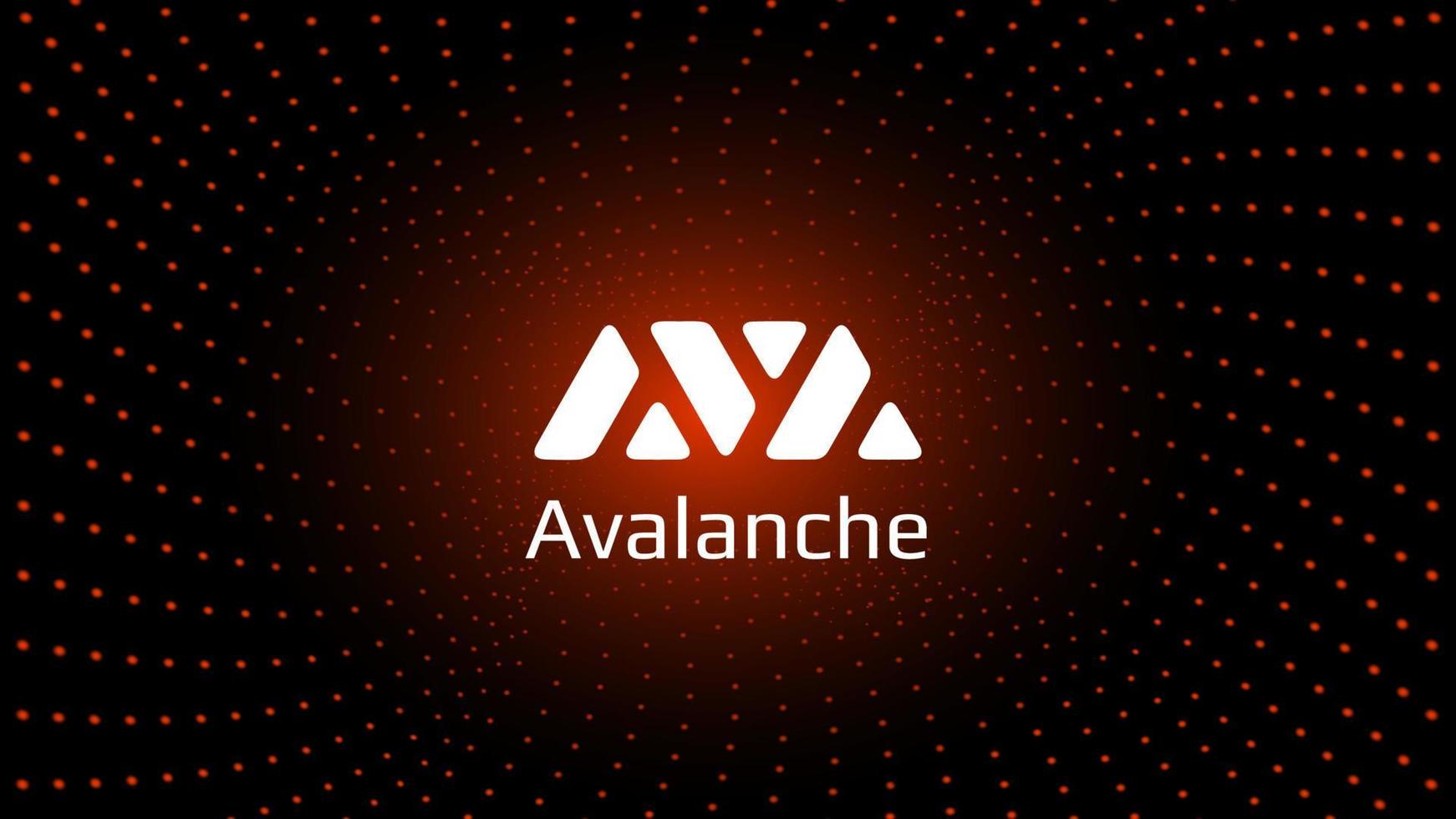
Avalanche (AVAX): With its unique consensus mechanism, Avalanche supports rapid transaction finality and robust DeFi ecosystems, adding technological diversity to the fund.
-
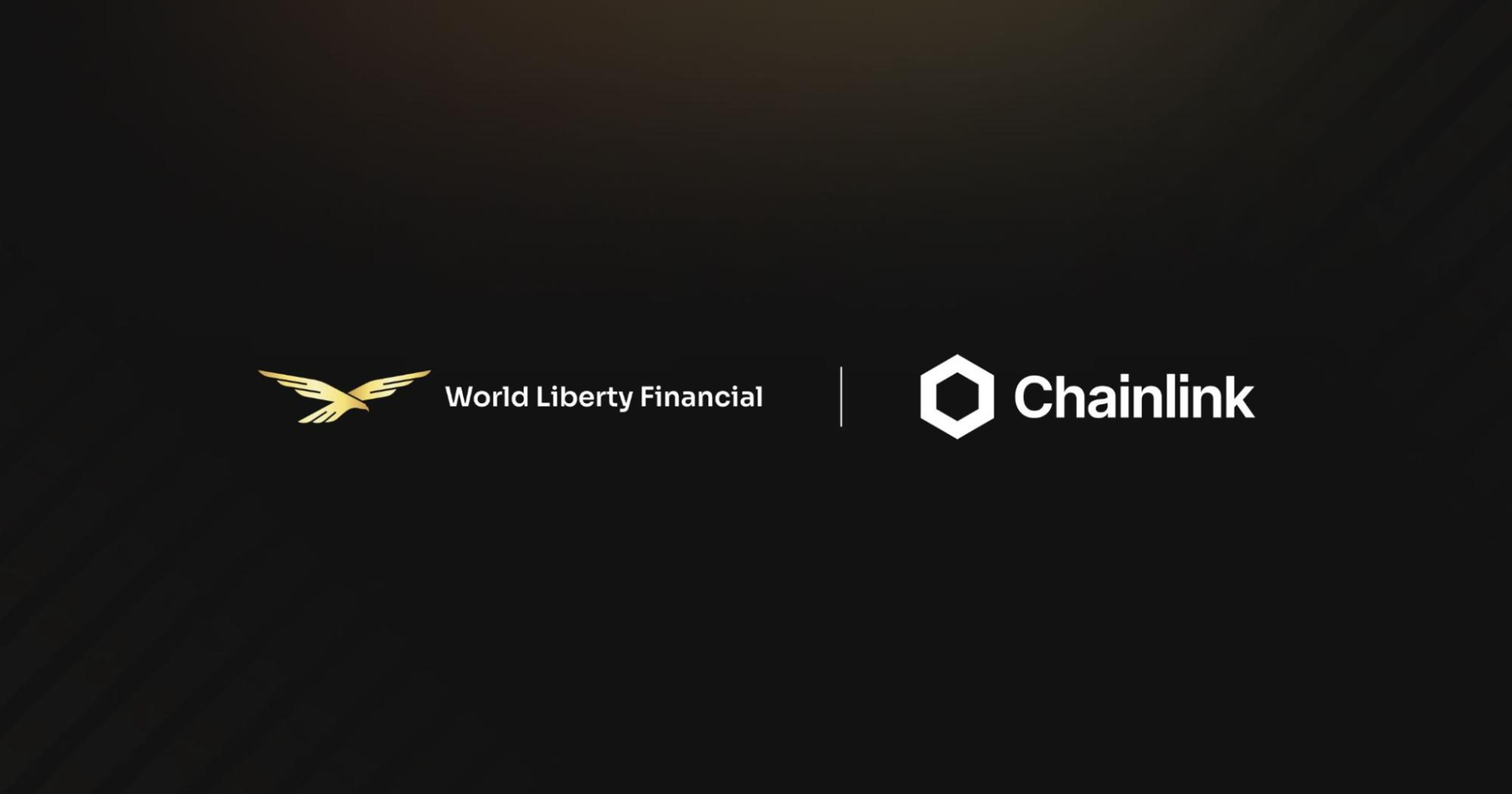
Chainlink (LINK): As the leading decentralized oracle network, Chainlink connects smart contracts to real-world data, enhancing the utility and reach of blockchain applications in the index.
-

Polkadot (DOT): Polkadot enables interoperability between different blockchains, fostering a multi-chain future and expanding the index’s exposure to cross-chain innovation.
-
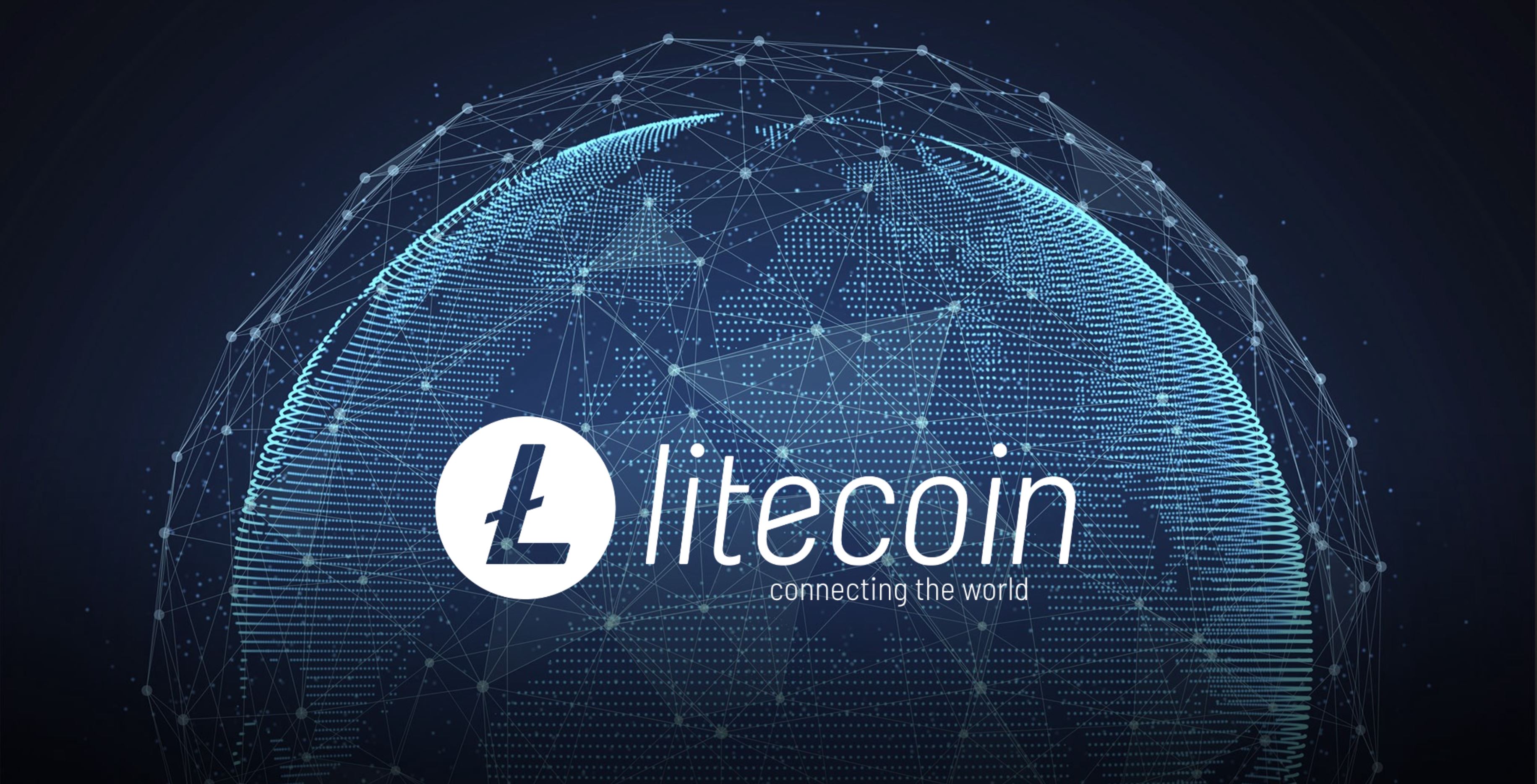
Litecoin (LTC): An early Bitcoin alternative, Litecoin offers faster transaction times and lower fees, providing a tried-and-tested payments option within the fund.
-

Sui (SUI): Sui is a next-generation Layer 1 blockchain designed for high throughput and low latency, representing the index’s commitment to emerging infrastructure projects.
This basket is not just a who’s who of crypto heavyweights. While Bitcoin and Ethereum remain anchors, tokens like Solana and Cardano represent high-throughput smart contract platforms vying for developer mindshare. XRP brings cross-border payments utility, while Avalanche and Chainlink focus on DeFi infrastructure and oracle solutions, respectively. Polkadot’s interoperability, Litecoin’s transactional speed, and Sui’s emerging presence round out an index designed to capture both stability and innovation.
The Macro Backdrop: Regulatory Shifts and Market Opportunity
The SEC’s recent rule changes have streamlined the path for spot cryptocurrency ETFs beyond just Bitcoin and Ethereum. (source) This regulatory evolution is expected to unlock a flood of new multi-asset crypto ETF products, making diversified exposure more accessible for both institutional allocators and retail investors seeking to hedge against single-token volatility. As asset managers eye similar offerings, competition will likely drive down fees while increasing product sophistication.
For investors, this means a new era of choice – no longer must one pick between BTC or ETH when seeking regulated crypto exposure. The Bitwise 10 Crypto Index ETF’s pending conversion is emblematic of this shift: it offers a single-ticker solution encompassing ten of the most liquid, widely traded cryptocurrencies. Each component plays a distinct macro role:
- Bitcoin (BTC): Digital gold, store of value
- Ethereum (ETH): Smart contract pioneer, DeFi backbone
- Solana (SOL) and Cardano (ADA): High-speed networks challenging ETH dominance
- XRP: Cross-border payments specialist
- Avalanche (AVAX) and Chainlink (LINK): DeFi infrastructure and data oracles
- Polkadot (DOT): Interoperability leader
- Litecoin (LTC): Fast payments alternative
- Sui (SUI): Next-gen scalability contender
The upshot? Investors gain access to a dynamic cross-section of the crypto economy within a single regulated vehicle – if and when regulatory uncertainty clears.
Yet, the SEC’s vacillation has left the market in a state of suspended animation. The immediate effect was heightened volatility across not only the Bitwise 10 constituents but also the broader crypto ETF sector. Investors, both institutional and retail, are now forced to weigh regulatory risk alongside traditional market risk when considering allocations to multi-asset crypto ETFs.
How the Bitwise 10 Crypto Index ETF Could Reshape Portfolio Construction
The arrival of a spot ETF tracking a diversified index like Bitwise 10 would be transformative for portfolio design. Traditionally, investors looking to gain broad crypto exposure have faced operational hurdles: managing multiple wallets, exchanges, and tax reporting headaches. A single-ticker ETF solution sidesteps these frictions while providing built-in rebalancing and institutional-grade custody.
Consider the unique interplay between assets in the index. Bitcoin (BTC), as digital gold, tends to lead during risk-off periods. Ethereum (ETH) captures DeFi and NFT activity cycles. Solana (SOL) and Cardano (ADA) offer exposure to high-throughput smart contract innovation. XRP often reacts independently on regulatory or payments news. Meanwhile, Avalanche (AVAX), Chainlink (LINK), Polkadot (DOT), Litecoin (LTC), and Sui (SUI) each bring distinct drivers tied to DeFi infrastructure, interoperability, payments velocity, or next-gen scalability. This mosaic effect means that drawdowns in one token can be offset by rallies in another, a foundational principle of modern portfolio theory now applied to on-chain assets.
10 Cryptocurrencies in the Bitwise 10 Crypto Index Fund
-

Bitcoin (BTC): The original and most widely recognized cryptocurrency, Bitcoin serves as the cornerstone of the Bitwise 10 Crypto Index Fund, offering investors exposure to the largest and most liquid digital asset.
-
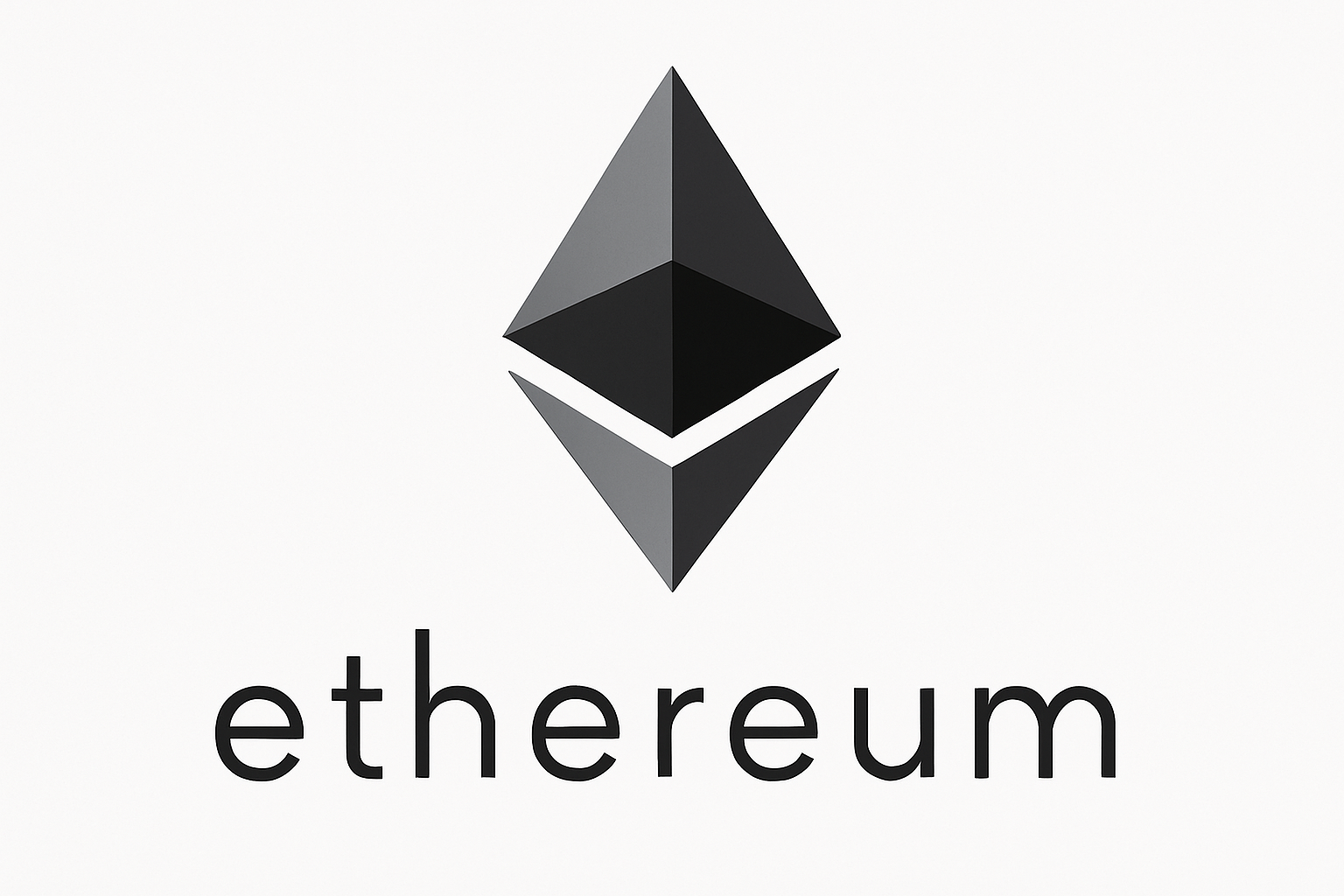
Ethereum (ETH): As the leading smart contract platform, Ethereum underpins a vast ecosystem of decentralized applications and is a critical component of any diversified crypto portfolio.
-
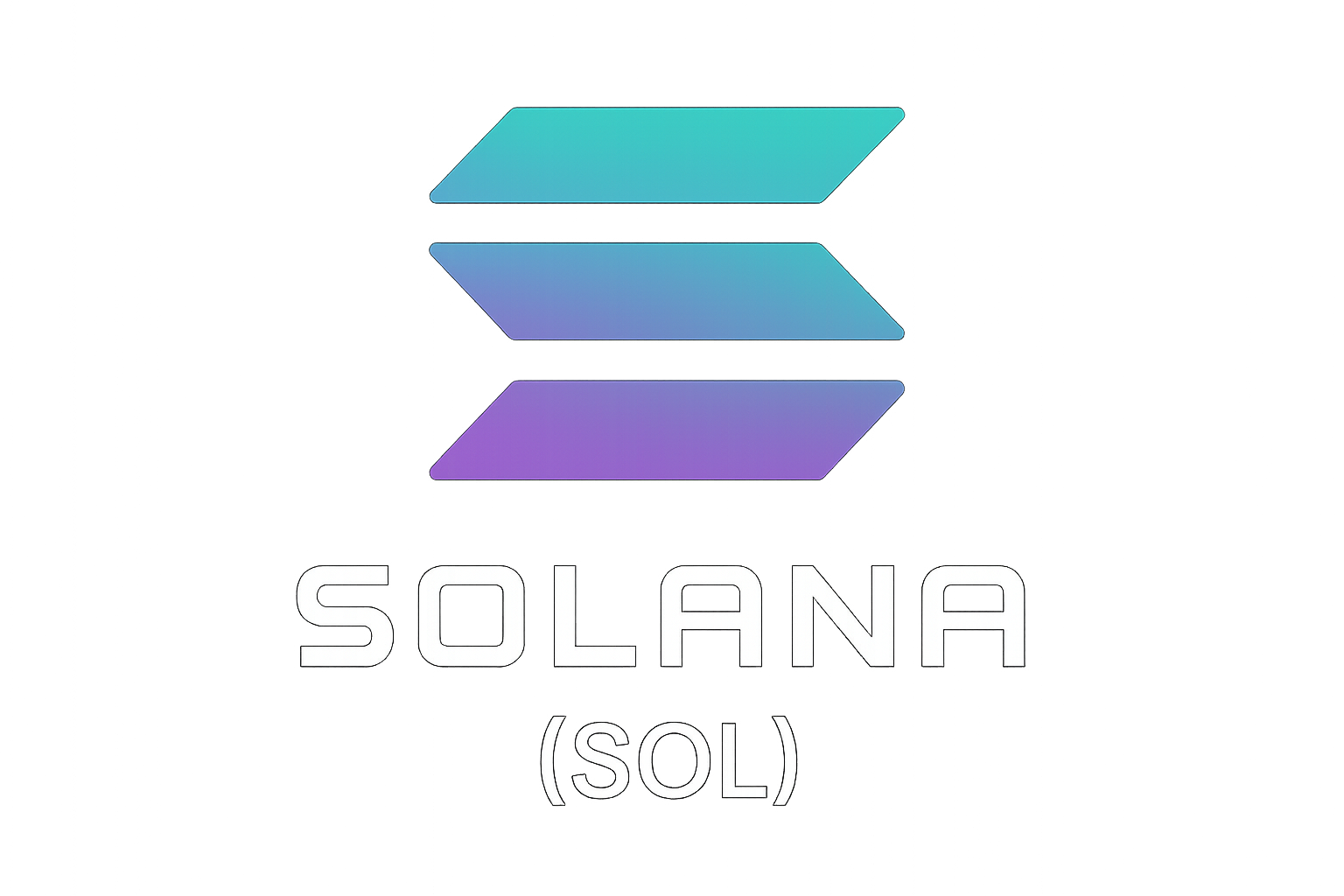
Solana (SOL): Known for its high-speed and low-cost transactions, Solana has become a major player in decentralized finance and NFT markets, making it a key holding in the index.
-
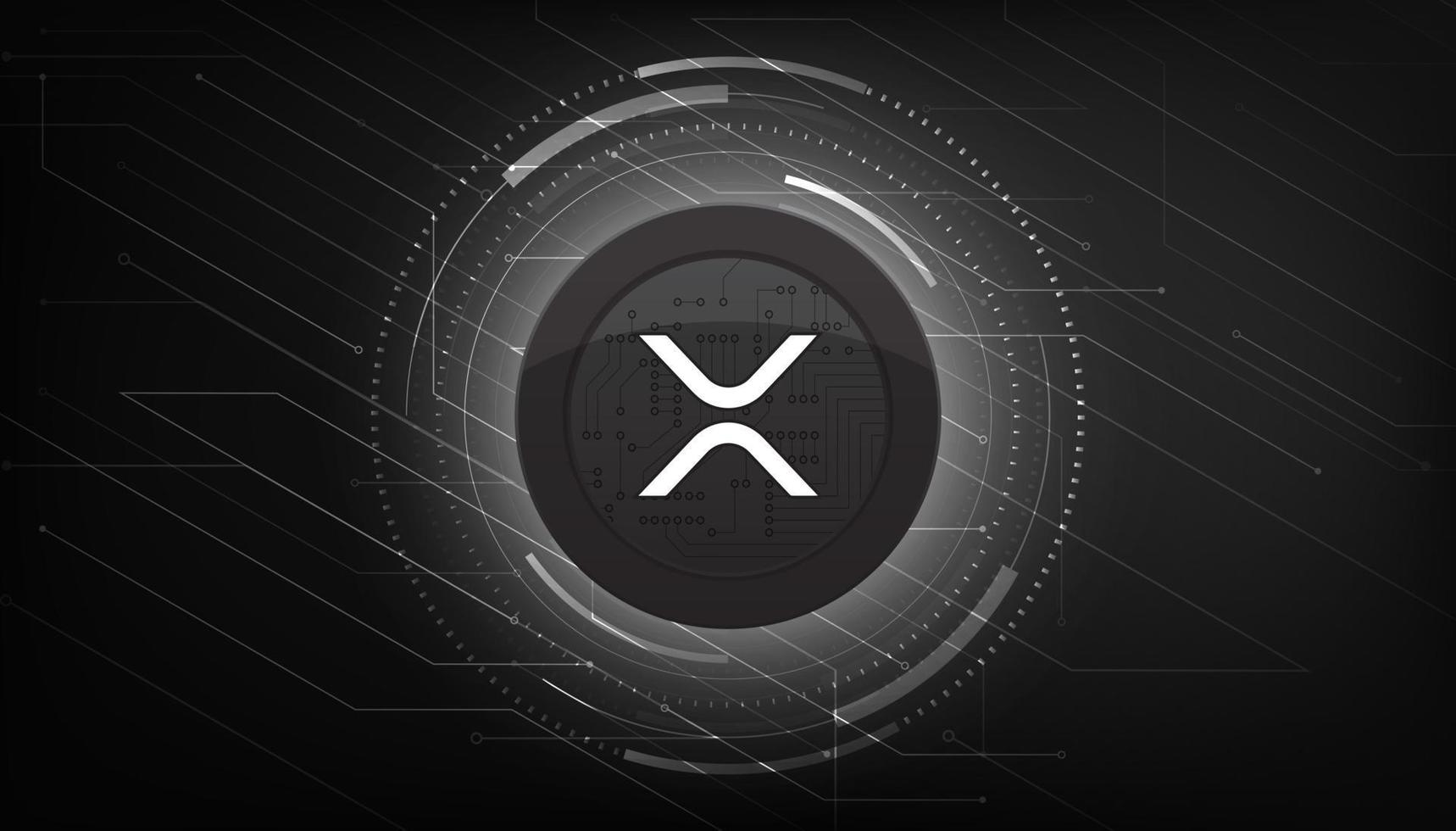
XRP (XRP): Developed by Ripple Labs, XRP facilitates fast and cost-effective cross-border payments, and its inclusion reflects its ongoing relevance in global payments infrastructure.
-

Cardano (ADA): Cardano is a research-driven blockchain platform focused on scalability and sustainability, offering a unique approach to proof-of-stake consensus and decentralized governance.
-
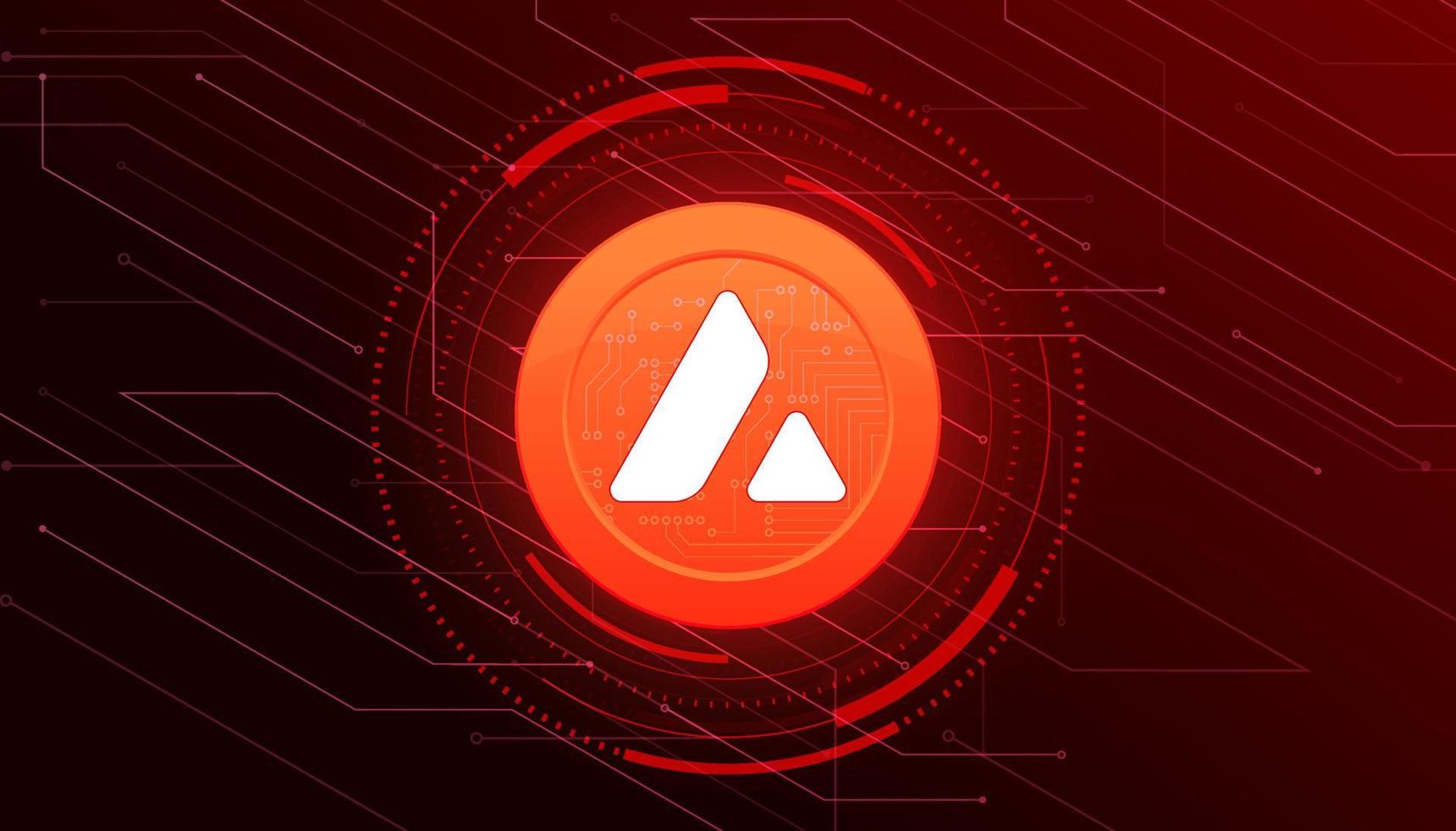
Avalanche (AVAX): Avalanche is recognized for its rapid transaction finality and robust support for decentralized applications, positioning it as a leading competitor in the smart contract space.
-
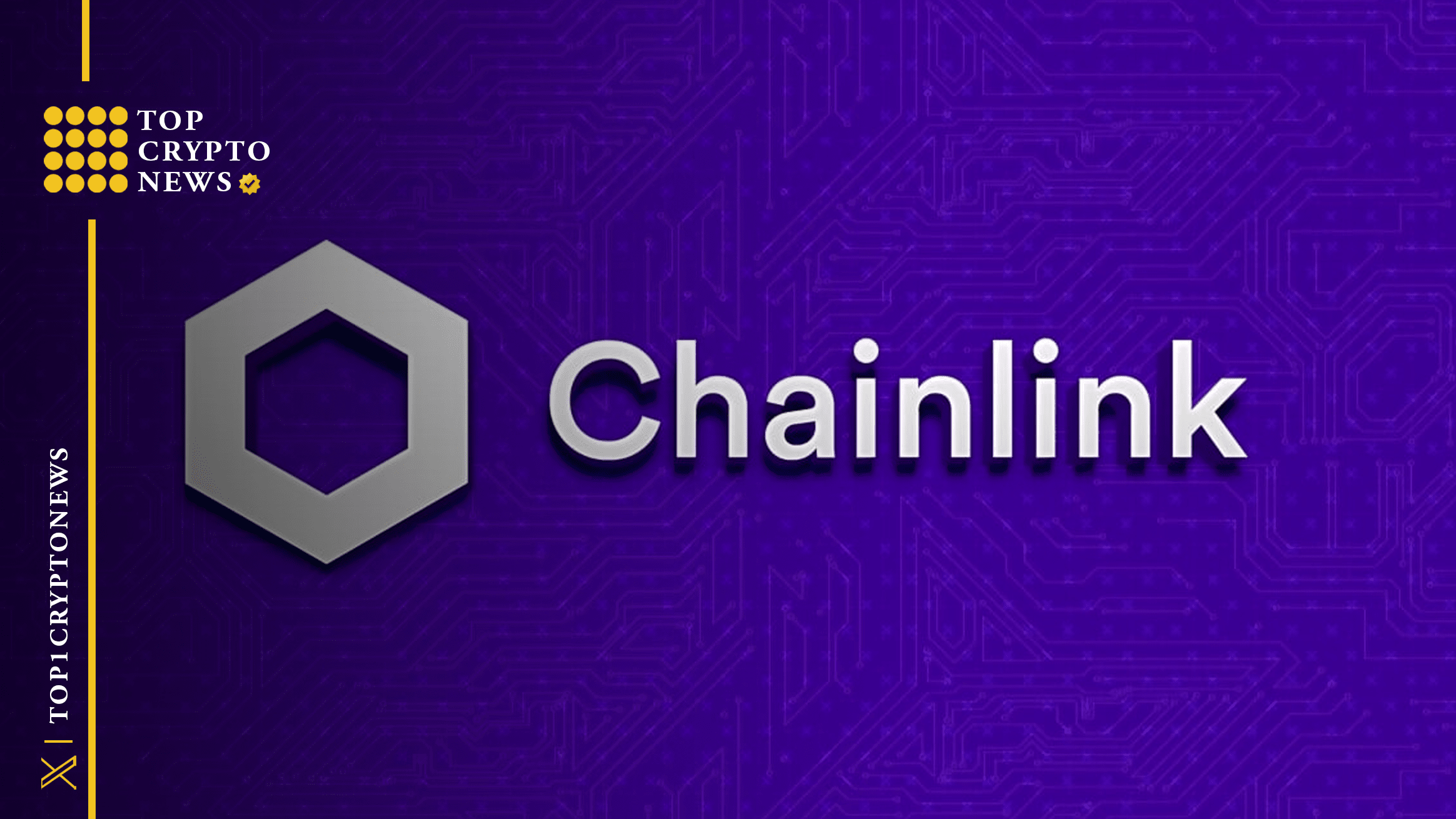
Chainlink (LINK): Chainlink provides secure and reliable oracle services, connecting smart contracts with real-world data—a vital infrastructure component for the expanding DeFi ecosystem.
-

Polkadot (DOT): Polkadot enables interoperability between multiple blockchains, fostering a multi-chain future and enhancing the flexibility and scalability of decentralized networks.
-
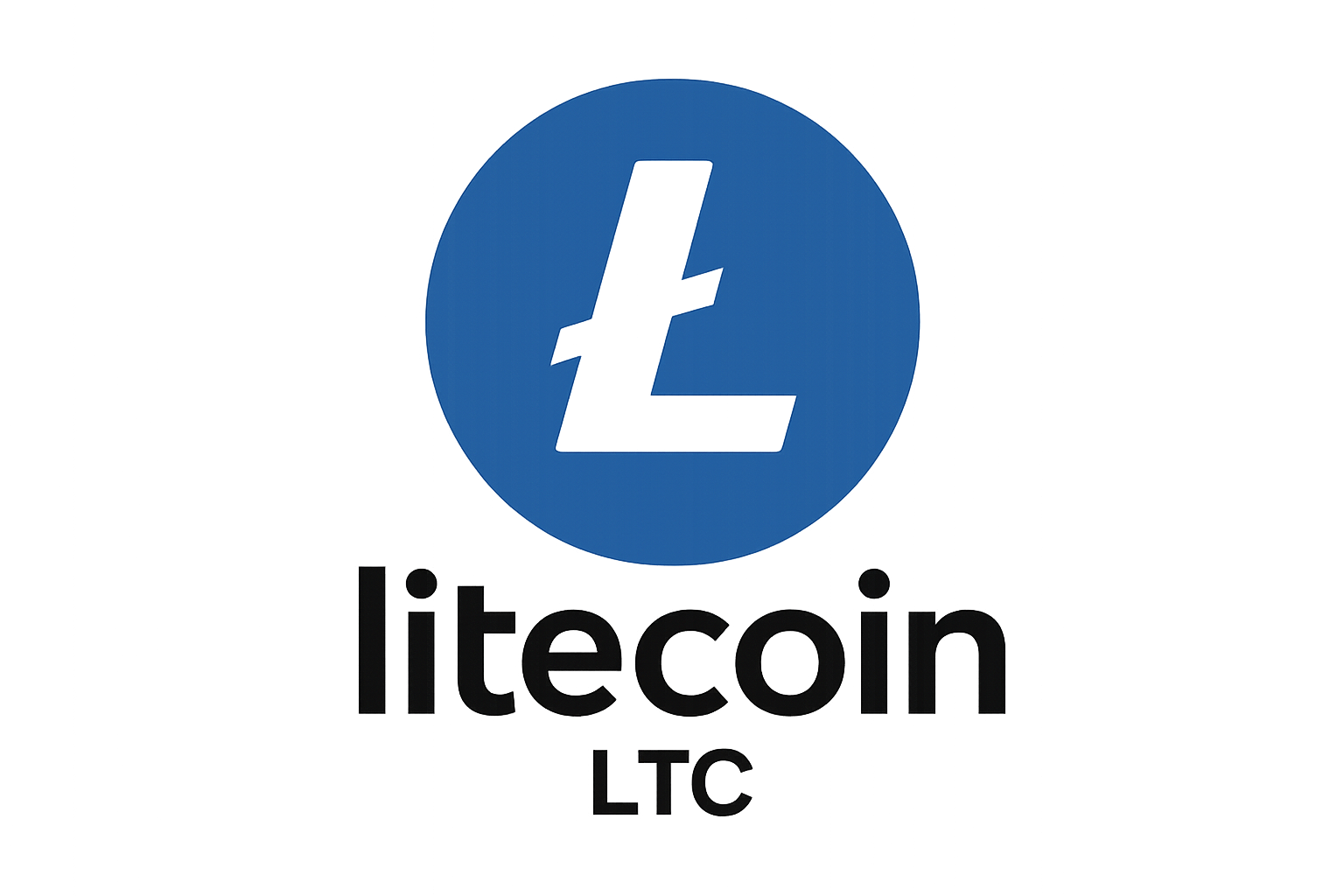
Litecoin (LTC): Often described as the silver to Bitcoin’s gold, Litecoin offers faster transaction times and lower fees, maintaining its status as a reliable medium of exchange.
-

Sui (SUI): Sui is an emerging blockchain platform designed for high throughput and low latency, supporting next-generation decentralized applications and digital asset ownership.
This is why so many eyes remain fixed on the SEC’s next move. If the stay is lifted and Bitwise 10’s conversion proceeds, we could see an influx of capital from pension funds, RIAs, and global wealth managers who have so far sat on the sidelines due to compliance constraints or single-asset product limitations.
The Road Ahead for Multi-Asset Crypto ETFs
The macro narrative is clear: regulatory clarity breeds institutional participation. As more asset managers file for diversified spot ETFs, potentially tracking baskets similar to or broader than Bitwise 10, competition will foster innovation in fee structures, tax efficiency, and even staking or yield features within compliant wrappers. The SEC’s new listing rules are poised to accelerate this trend, with ripple effects likely across both traditional finance and decentralized markets. For those tracking on-chain ETF products, this is an inflection point.
If you’re an investor eyeing exposure to Bitcoin (BTC), Ethereum (ETH), Solana (SOL), XRP (XRP), Cardano (ADA), Avalanche (AVAX), Chainlink (LINK), Polkadot (DOT), Litecoin (LTC), or Sui (SUI), keep a close watch on regulatory headlines. The next Commission decision could open the floodgates for true portfolio diversification within a single, regulated ticker, finally bridging Wall Street structure with crypto-native opportunity.
The story isn’t finished yet, but as always in markets, those who read between the lines will be best positioned for what comes next.
